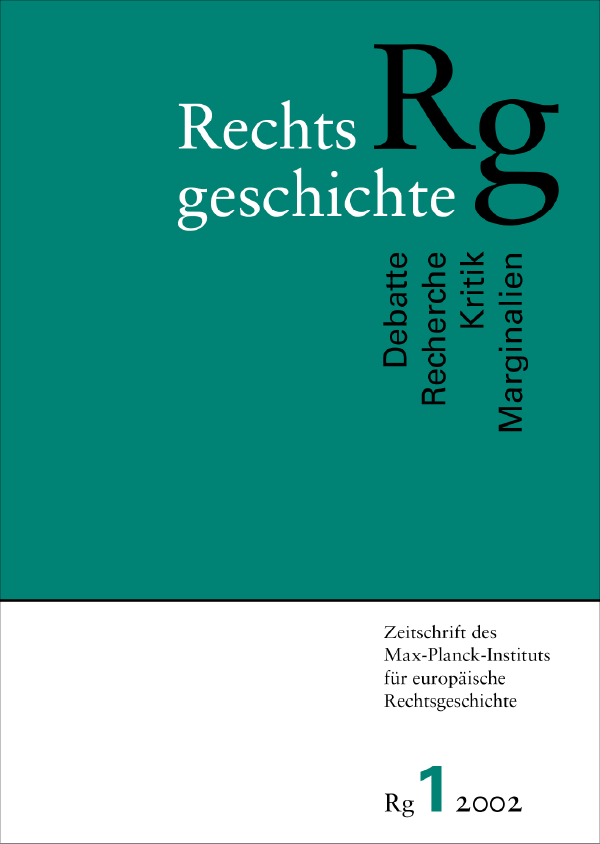Territoriale Amtskalender und Amtshandbücher im Alten Reich
Bilanz eines Forschungsprojekts
DOI:
https://doi.org/10.12946/rg01/071-089Abstract
From the end of the 17th century onwards, a new type of periodical emerged in no fewer than 74 territories of the Old Empire, most of them in the form of court and state almanacs, gazettes or manuals. They took on their specific characteristic as a distinctive text through the inclusion of a directory of authorities listing the court, state and military officials of the respective territory. Such lists make this particular type of text an invaluable source of information for administrative history, in particular. Moreover, these texts constitute a distinct genre that lends itself to historical research in its own right as a record of the development of trends in cultural and media history throughout the 18th century. Given that the entire life and business cycle of each series of official lists was dependent upon the respective territorial ruling class, the relevant publications came to be regarded to all intents and purposes as the official organ of government. Since they portrayed the way the ruling classes saw themselves and wished to be seen by others, they also served the purpose of political representation. Admittedly, during the second half of the century, over and above the deliberate and intentional courtly-ceremonial function of these texts, a subversive statistical usage emerged involving a quantitative analysis of the official lists that employed the available data as a critique of the royal courts and principalities. In this way, a medium that had originally served the needs of courtly society became an instrument of the emerging bourgeois public. What is more, from the 1760s onwards, an increasing number of popular almanacs were transformed into official gazettes by the addition of official lists. At the same time, the astrological sections of practice and prognosis were increasingly replaced by scholarly contributions, so that the genre also acted as an essential vehicle for the edification of the populace, ousting the traditional use of almanacs. Thus, the history of the official gazette centres on a process in the course of which information on the extent, personnel and organisation of the state apparatus, previously the sole preserve of the ruling elite, became available to a far wider circle that even included the lowly subjects of the state.
Downloads
Veröffentlicht
Zitationsvorschlag
Ausgabe
Rubrik
Lizenz
Copyright (c) 2002 Autor/in

Dieses Werk steht unter einer Creative Commons Namensnennung - Nicht-kommerziell - Keine Bearbeitung 3.0 International -Lizenz.





